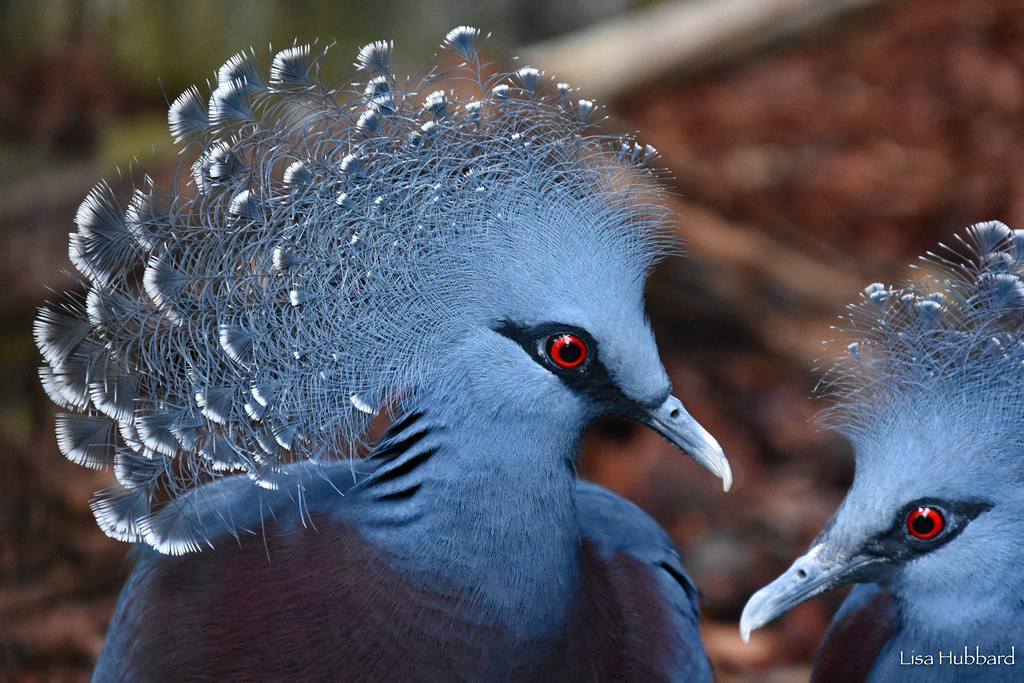Gorilla Baby on the Way at Cincinnati Zoo
CINCINNATI, OH (May 8, 2015) –“Anju,” a 14-year-old Western Lowland gorilla, is pregnant with her first baby! An ultrasound picked up the image below last week, confirming previous positive pregnancy tests (similar to the ones used by humans). Vet staff is predicting the baby to arrive around Labor Day.

Anju was born on April 27, 2001, at the Pittsburgh Zoo and came to the Cincinnati Zoo in 2012. She is in a group with silverback “Jomo” (the baby’s father), “Samantha,” “M’Linzi,” “Asha,” two-year-old “Gladys” and baby “Mondika.” The Zoo’s other gorilla group includes young silverback “Harambe” and 19-year-old females “Chewie” and “Mara.” This is Jomo’s third baby, his first being Bakari, a male gorilla that was born August 13, 2006, and second being Mondika, born August 4, 2014.

“Anju’s baby will make number 50 for the Cincinnati Zoo! Of course we are not counting our chickens before they hatch and realize a lot of great care, management and some good luck must happen to produce a happy, healthy, mother-raised baby. But, more than just representing how many baby gorillas have been born here since 1970, the number 50 is more representative of the long standing commitment the Cincinnati Zoo has made to managing gorillas properly at the Zoo, helping to save them in the wild through our in situ conservation efforts and sharing all of these great stories with our guests, friends and followers. I am proud to be part of that long, significant history while helping to usher in a bright future,” said Ron Evans, Curator of Primates at the Cincinnati Zoo.
After the birth of Bakari in 2006, Cincinnati Zoo purposely slowed down its gorilla propagation program to guard against introducing too many related individuals into the national population. Zoos do not take gorillas from the wild in order to conserve this critically-endangered species, therefore carefully managing and maintaining the population in zoos is an important task. In 2012, Cincinnati Zoo obtained breeding recommendations from the Gorilla Species Survival Program (SSP), the group that ensures the genetic health of gorillas in Zoos, to produce baby gorillas with our females Asha and Anju. Jomo, Asha and Anju have low relatedness to the rest of the population, making their offspring very important.
There are about 765 gorillas in zoos worldwide including approximately 360 in the Association of Zoos & Aquariums (AZA) Species Survival Program (SSP) for this species. Western lowland gorillas are critically endangered in the wild, with less than 175,000 individuals. Due primarily to habitat destruction caused by logging, mineral mining and agricultural expansion, wild gorilla numbers continue to shrink. The bushmeat trade – the killing of wild animals to be used as human food – is also a major threat to the western lowland gorilla population throughout the Central African rainforests. Over 1,000 gorillas are illegally poached for the bushmeat trade each year. The Cincinnati Zoo supports wild gorilla conservation efforts like the Mbeli Bai Study in Nouabalé-Ndoki National Park in the Republic of Congo. The Mbeli Bai Study is the longest running research being done with wild western lowland gorillas. Through research, local education programs, publications and documentaries, the Mbeli Bai Study is raising international awareness for gorillas and their struggle for survival. For more information, visit www.cincinnatizoo.org.

